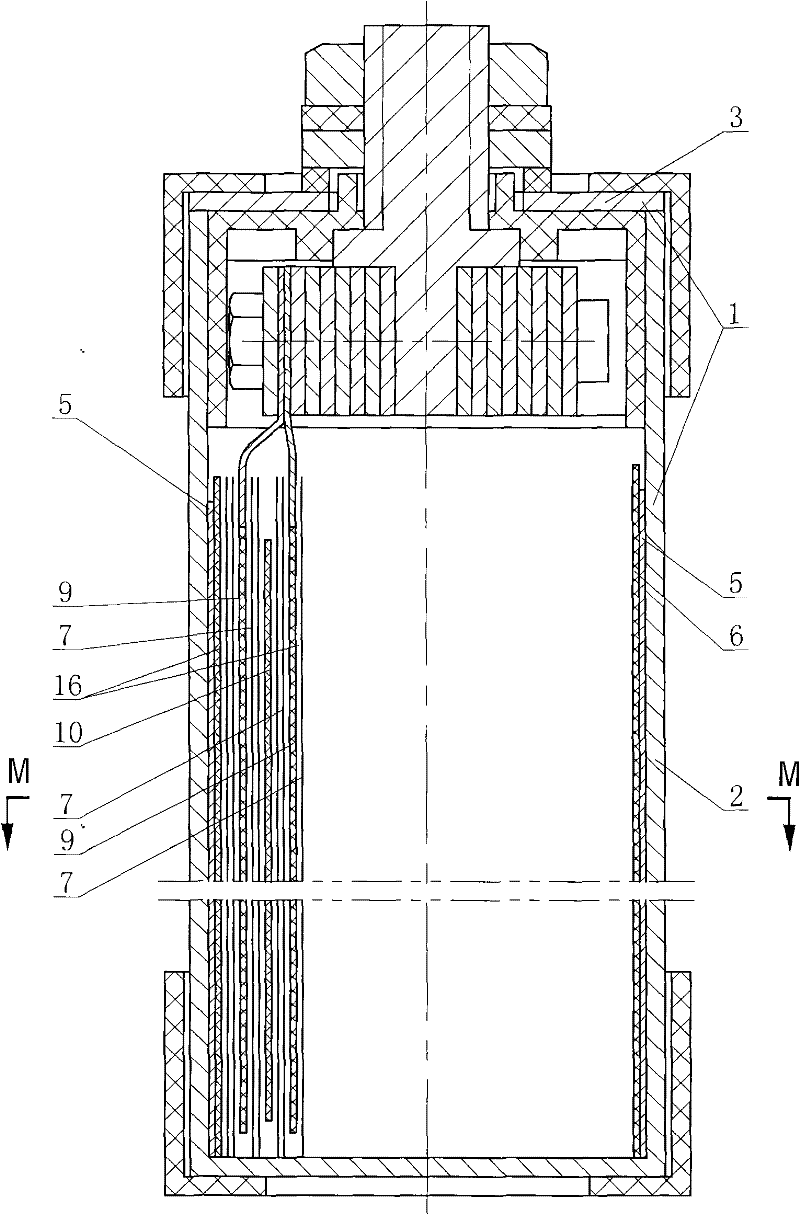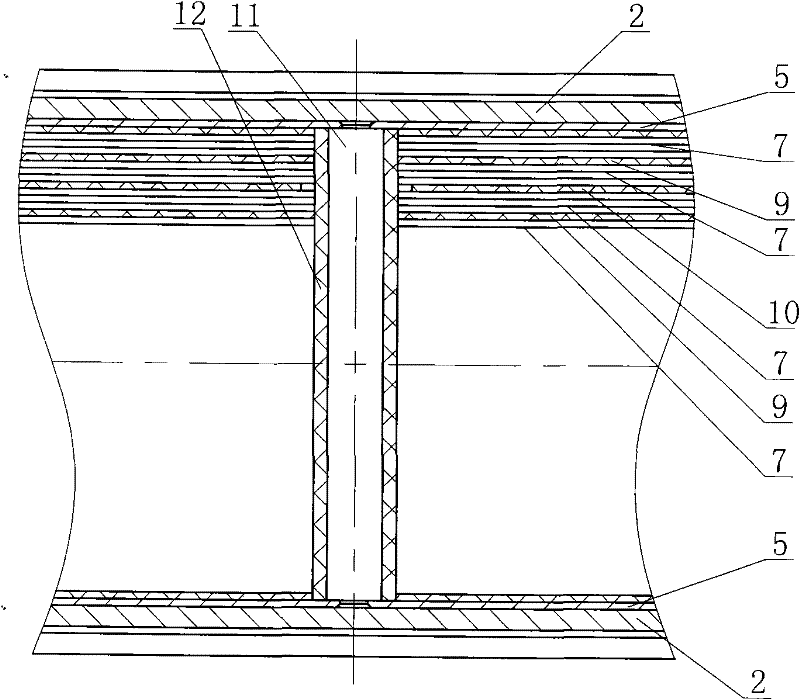Lamination method of laminated battery cell of lithium-ion power battery
A power battery and lithium-ion technology, applied in the direction of secondary batteries, battery pack components, circuits, etc., can solve the problems of poor shock resistance and extrusion resistance, shortened cycle life, shortened cycle life, etc., to achieve shock resistance and durability Strong extrusion ability, good shock resistance and extrusion resistance, and the effect of prolonging the cycle life
- Summary
- Abstract
- Description
- Claims
- Application Information
AI Technical Summary
Problems solved by technology
Method used
Image
Examples
Embodiment Construction
[0021] The present invention will be described in further detail below in conjunction with the accompanying drawings and embodiments.
[0022] Such as Figure 1 to Figure 10 As shown, a stacking method of laminated cells of a lithium-ion power battery, the negative electrode sheet 9 and the positive electrode sheet 10 of the laminated cell 16 are arranged alternately in sequence, and the negative electrode sheet 9 and the positive electrode sheet 10 are separated by an insulating diaphragm 7 Open, the outside of the outermost pole piece is also provided with an insulating diaphragm 7, and both ends of the left and right use the negative pole piece 9 as the outermost pole piece, that is, according to the insulating diaphragm 7, the negative pole piece 9, the insulating membrane 7, the positive pole piece 10, Insulating diaphragm 7, negative electrode sheet 9, insulating diaphragm 7, positive electrode sheet 10, insulating diaphragm 7...Insulating diaphragm 7, negative electrode...
PUM
 Login to View More
Login to View More Abstract
Description
Claims
Application Information
 Login to View More
Login to View More - R&D
- Intellectual Property
- Life Sciences
- Materials
- Tech Scout
- Unparalleled Data Quality
- Higher Quality Content
- 60% Fewer Hallucinations
Browse by: Latest US Patents, China's latest patents, Technical Efficacy Thesaurus, Application Domain, Technology Topic, Popular Technical Reports.
© 2025 PatSnap. All rights reserved.Legal|Privacy policy|Modern Slavery Act Transparency Statement|Sitemap|About US| Contact US: help@patsnap.com



